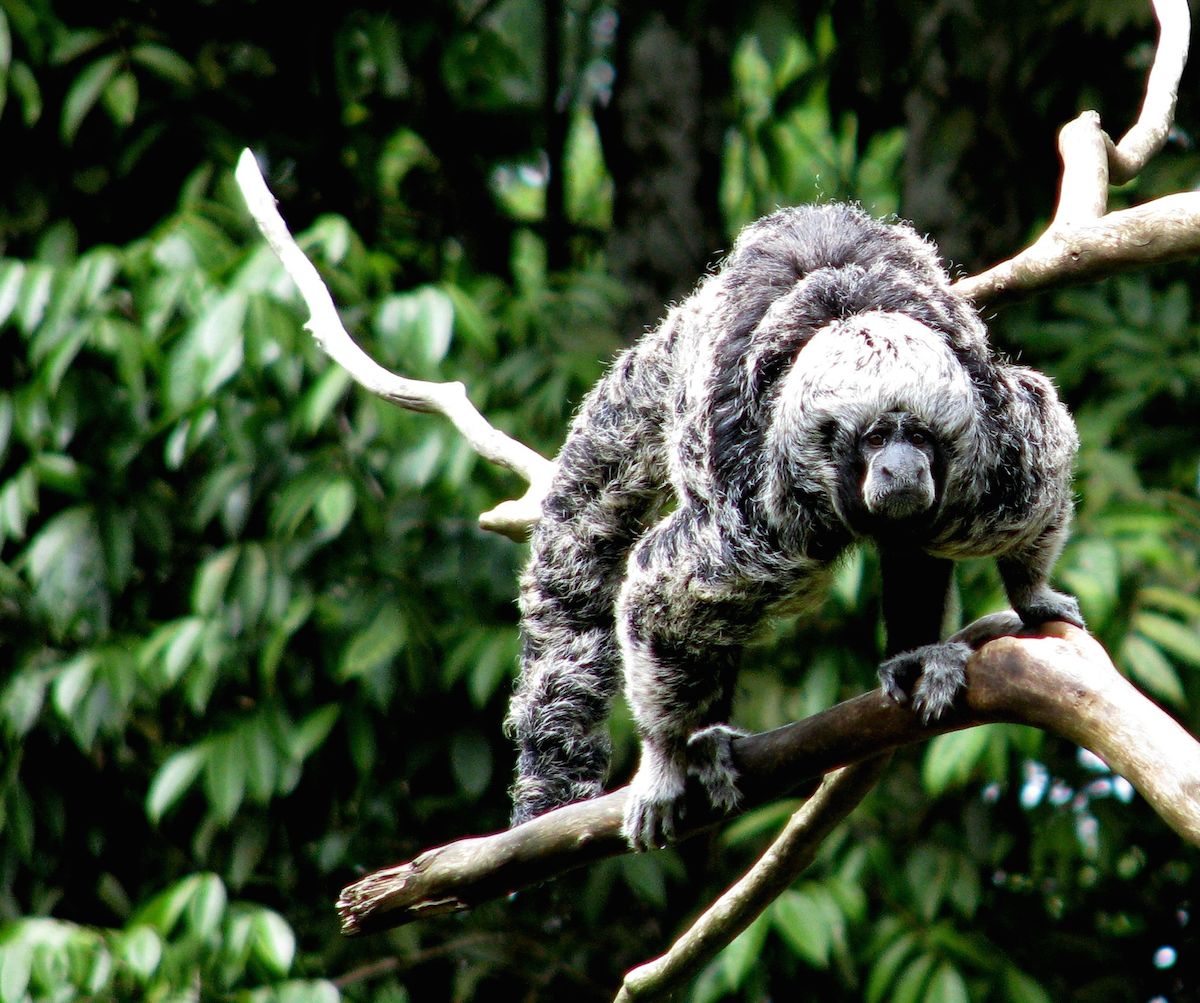4 months to find a missing monkey


(Vazolini’s saki is similar to the Rio Tapajós saki (Pithecia irrorata, pictured), but with golden-colored arms.)
Over the course of four months the Houseboat Amazon expedition will travel the Brazilian Amazon to locate the Vanzolini’s bald-faced saki (Pithacea vanzolinii) who hasn’t been seen by scientists since it was first discovered in the 1930’s.
“We are going on a scientific expedition IGNORE INTO an unexplored Amazonian watershed, the Alto Rio Jurua, in Brazil to conduct a full survey of all the mammals that live there and look for missing saki monkeys that have not been seen alive there for over 80 years!” says their webpage.
The flying or saki monkey is a midsize South American primate that gets its nickname from its ability to skim through the top of trees. They use their sharp teeth to open hard seeds and spread them as they travel through the canopy, thus making them important for their ecosystem.
The Vanzoloni’s bald-faced saki was discovered by Ecuadorian naturalists in the 1930’s. Nonetheless, after sending some specimens to natural history museums but them lost track of them and they haven’t been seen ever since.
Driven by her curiosity and lifetime work ecologist Laura Marsh and her international team of scientists from Mexico, Brazil, Colombia and the US boarded a houseboat on February 1st and embarked on their expedition to try to find the lost saki.
According to Global Forest Watch the area where the expedition is taking place is still primarily covered in intact forest and large enough to maintain native levels of biodiversity.
“I have no reason to believe they aren’t still there and that we won’t find them,” she said. The museum specimens remain the only known record of the species, and their conspicuous absence is puzzling to the researchers,” stated Marsh.
The region is believed to harbor more than 600 species of birds, 200 species of mammals and countless reptiles, amphibians, insects and plants. But the Alto Rio Jurua watershed, where the expedition is focused has never been subject of a discovery-type expedition or mammal survey.
“This is a corner of the Amazon that hasn’t been well documented or monitored. In addition to climate change and this being a big drought year, threats will come in if we are not paying attention,” Marsh said.
The houseboat will be their base and field station, while the team will set out each morning aboard canoe-style motor boards to survey the forest. They will use GoPros, conservation drones, AnaBAt echolocation recorders, video and still photography to document everything they see and hear.
They also plan on involving local communities along their route and they’ll be posting online videos and photos of their discoveries in near-real time from the Amazon. “We want people to be able to experience the rainforest with us and see that real science is also real adventure,” Marsh said.
LatinAmerican Post | Maria Andrea Marquez





